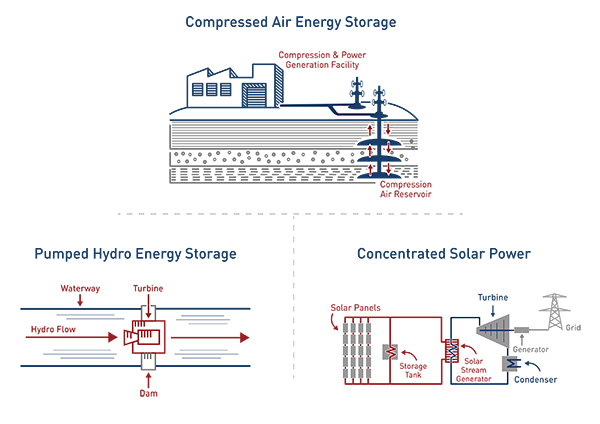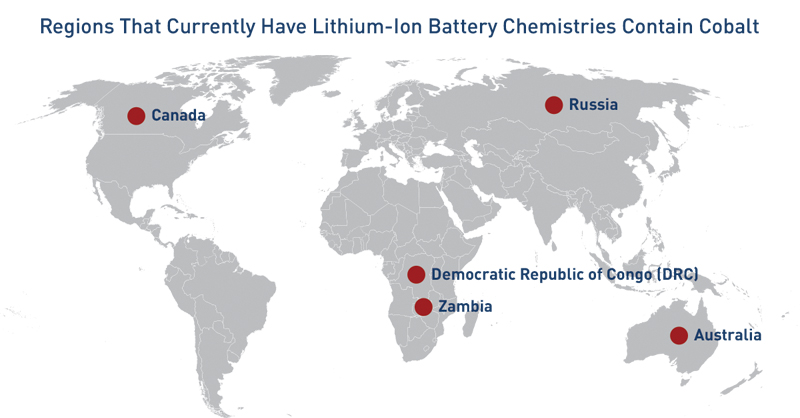
DIVING DEEP INTO ENERGY STORAGE
Storing energy on various time scales ranging from fractions of a second to hours or even days is paramount as the U.S. and world move toward a lower carbon intensity. It can be beneficial to all power sources, from nuclear to solar. The expansion and innovation of storage has the potential to reduce the need for high-cost power during periods of peak demand – such as during the coldest mornings or hottest afternoons – and keeping consumer electricity prices low.
But a number of pieces are still missing for that to happen. ClearPath has a couple of ideas to consider:
That includes fixing a disjointed federal research effort that has yielded tech development but should be better focused to facilitate breakthroughs.
ClearPath is advocating for a new crosscutting energy storage initiative among several Department of Energy offices to focus the various storage-related R&D programs around the development of grid-scale, low-cost, long-duration storage technologies would increase stewardship of taxpayer dollars, while facilitating efficiency and reliability improvements for the U.S. electricity grid. This initiative should consider the research needed to advance low-cost, long-duration energy storage, opportunities for integration between vehicle and grid-scale technologies and have standardized, ambitious technology goals to spur innovative solutions to this important effort in the private sector as well.
The world must also go beyond existing lithium ion batteries, which have limitations that include cost and a higher likelihood for overheating and degrading. The cobalt used in these batteries is also mined in countries such as the Democratic Republic of Congo, which has lax child labor and safety oversight.

Instead, more public and private focus is needed on other technologies such as subsurface pumped hydro, compressed air energy storage, underground thermal-energy storage, concentrated solar power, or the conversion of renewable energy to storable hydrogen for future use.
Energy storage technologies should be allowed to participate in wholesale electric power markets. In order to do so, specific energy storage resources should be selected and clearly defined for participation as a wholesale seller and buyer within the market. This would allow energy storage technologies to participate, when capable, within the market and can continue to encourage growth and innovation within the energy storage sector.
Technology-inclusive policies that assist nascent technologies and demonstrate commercial performance would facilitate the next generation of clean technologies in the traditionally risk-averse utility marketplace. The current Investment Tax Credit (ITC) doesn’t facilitate investment in energy storage technologies unless they are paired directly with another qualifying technology (i.e. renewables). Energy storage technologies can provide a variety of ancillary benefits to the grid separate from any generation type. Federal investment incentives should be application neutral.
|